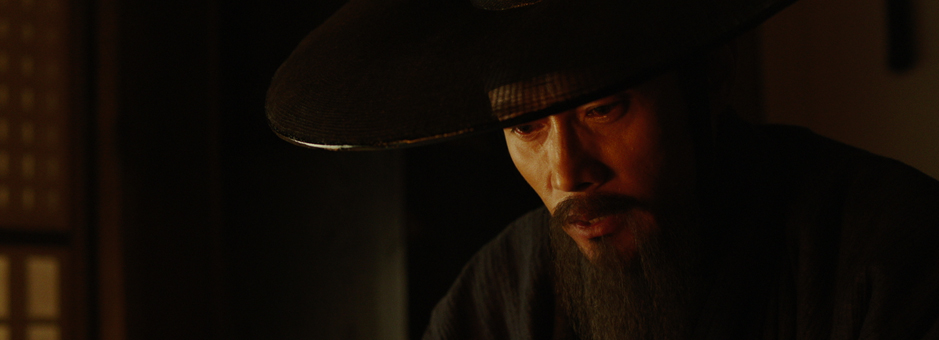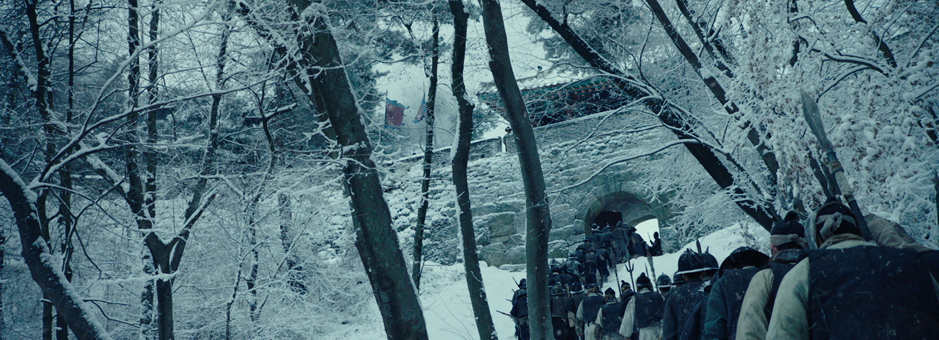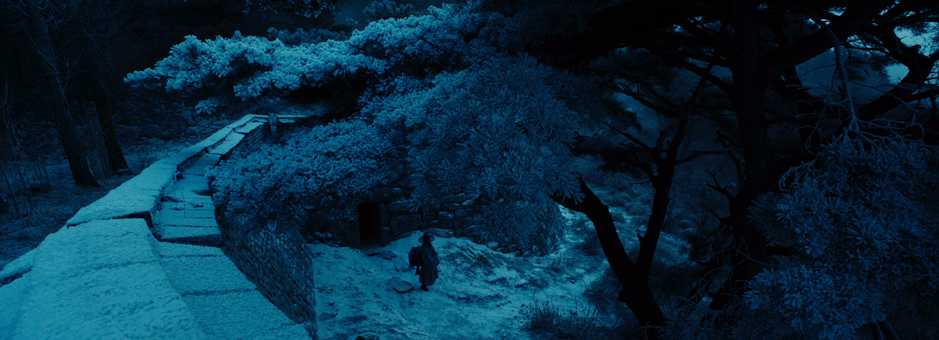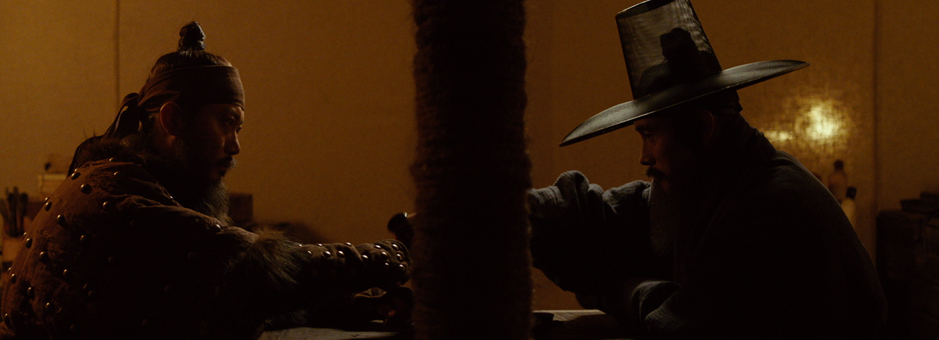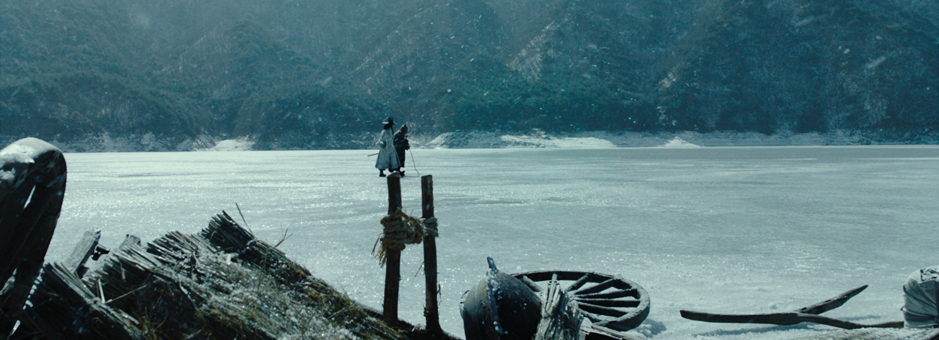Meet The Colourist
Jin Young Park
Department Director & Supervising Colourist, Dexter The Eye, Seoul
Jin Young Park is one of South Korea’s top colourists, having worked on over 130 titles including The Fortress; the film picked up the Golden Frog for Best Cinematography at the 2018 Camerimage Film Festival. Jin talks here about her collaboration with the film’s DOP, Ji Yong Kim, as well as her journey in colour.
When did you know you wanted to become a colourist and what triggered this interest?
As an Art College student, it was quite common to see friends and colleagues working in the advertising and film industries. I also started my career as a compositing artist at an advertising post house.
Meanwhile, I was fascinated by film colour grading and how it helped to raise emotions or to create moods using colour and light. I find it more profound than commercial color grading because it focuses more on narrative. From my perspective, film colour grading is another form of storytelling tools that I can use to communicate with the audience.
It is great to see the diversity of different genres and plots in Korean films as the industry evolves. I have worked on 130 films and each time I have always made a commitment to myself to create something different, unique and better in quality. This commitment has kept me as a colourist without getting weary of it.
A good colourist seeks to create various looks regardless of the genre, and also communicates with the director and DOP to understand their creative intentions. I find inspiration in ads from magazines, photos I take with my phone, and photo books.
Where does the look start for you?
I must have been naturally influenced by the scriptwriting classes at college. Once I get involved in a new project, I always read the script first. Then I usually talk to the director, DOP, production designer and costume designer to build visual concepts for the film.
Once we determine the concept or look, we do multiple rounds of tests to decide the right tools for the film such as the camera, lenses, etc. I consider this pre-test as my first colour grading work.
When grading, I spend a vast amount of time developing the ‘colour theme’ based on the concept discussed during pre-production. Creating this theme is the key element of my approach. It’s a little more complicated than the look itself because it also contains the overall level of contrast, saturation, exposure, sharpness, and so on. It acts as a visual framework and once established, the rest gets much easier as I follow the story to determine the tone for each scene.
I have worked with Ji Yong for his previous eight films, and I am also planning to work on his next movie. Because we have worked together for a long time, we both understand each other so well that we produce excellent teamwork.
We discuss many things together such as the lens selection, the filter selection, the concept, the detailed colour grading plan, as well as the composition and the movement of the camera, and setting the exposure level or the overall contrast.
He always brings me amazing images and, as a colourist, nothing can be more exciting than working with beautiful images.
When Ji Yong Kim was awarded the Golden Frog at Camerimage, I was so happy and excited that I could not believe it at first. This award is so special because Ji Yong is the first Asian to be awarded at the Camerimage Film Festival.
I see this film The Fortress as one of my best works in terms of maturity and achievement. I’m very grateful for the opportunity to work on this project.
How was the colour developed together with the filmmakers?
For The Fortress, there were a few fundamental visual elements Ji Yong wanted to accomplish.
Because the story is set in the cold winter mountains, it had to be visually cold, and at the same time, it had to show beautiful scenery. The battle scenes had to look desperate with great intensity. There were many scenes where I needed to convey the main characters’ emotions elaborately.
In summary, Ji Yong wanted the whole picture to look bold and luxurious.
I was able to create the final look by creating a bluish cast with a strong contrast to enhance the sharpness of the image. I experimented with a lot of looks to express cold, snowy mountains. I chose a cool blue as the primary colour, and I added several luma mattes to apply unique shades of blue to create somewhat different shades of the colour for the movie.
For night scenes, Ji Yong used a torch or candlelight instead of using any lighting to capture the reality.
You moved to Baselight recently. Are there any specific tools that you really like?
Overall, I love Baselight's colour pipeline. It is very accurate and technically precise when handling various types of digital media and displays. I think this is the most crucial function in digital image processing.
My favourite tools in Baselight are Base Grade and Film Grade. I believe well-balanced images are achievable with the simplest tools. I’d be curious to know what other colourists’ favourite tools are!
If I get a chance, I would like to work overseas and experience different styles of film and environment.
Join In
If you want to participate in our MTC programme, we'd love to hear from you. Contact:
Alexa Maza
e: [email protected]
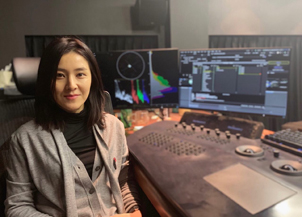
“I have worked on 130 films and each time I have always made a commitment to myself to create something different, unique and better in quality.”
Details
Colourist: Jin Young Park
Role: Department Director & Supervising Colourist
Web: Dexter The Eye




